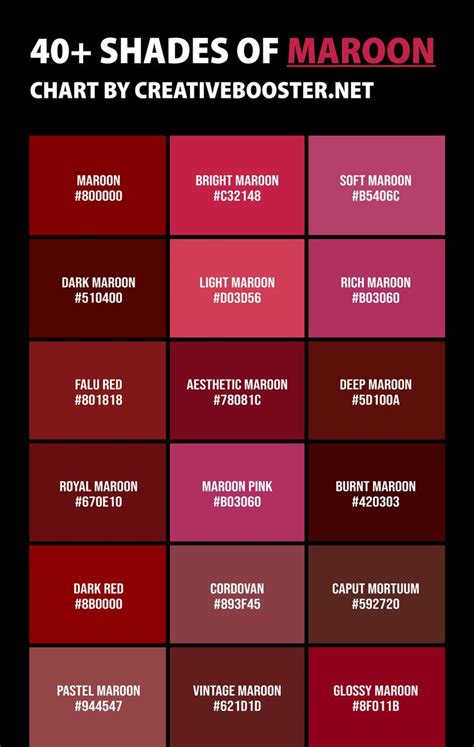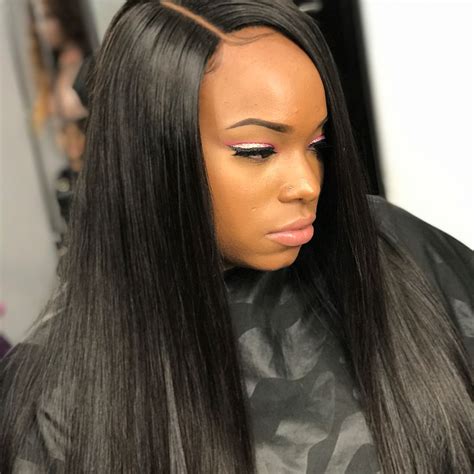Introduction
Hair for sew in has become increasingly popular as a versatile and transformative solution for achieving a wide range of hairstyles. With its ability to add length, volume, and color, it allows individuals to experiment with different looks without damaging their natural hair. This comprehensive guide will delve into the world of hair for sew in, exploring its benefits, types, and techniques to help you make an informed decision and achieve your desired hair transformation.

Benefits of Hair for Sew In
1. Enhanced Length and Volume: Sew in hair extensions are a quick and effective way to add length and fullness to your locks. They can create dramatic or subtle changes, allowing you to rock a long, voluminous ponytail or blend seamlessly with your natural hair for a more natural look.
2. Hair Protection: Sew in hair extensions can act as a protective barrier for your natural hair. They shield it from heat styling, chemicals, and environmental damage, giving you the opportunity to experiment with different styles without risking damage to your own tresses.
3. Versatile Styling Options: Hair for sew in offers endless styling possibilities. You can curl, straighten, dye, and style the extensions just like your own hair, creating a variety of looks to suit your mood and occasion.
Types of Hair for Sew In
1. Remy Hair: Remy hair is considered the highest quality hair for sew in as it retains its natural cuticle layer. This ensures that the hair strands are aligned in the same direction, reducing tangles and maintaining a healthy, shiny appearance.
2. Virgin Hair: Virgin hair is hair that has never been chemically treated or processed. It is the most expensive type of hair for sew in but offers exceptional durability and a natural, unaltered look.
3. Synthetic Hair: Synthetic hair is an affordable alternative to human hair. It is made from heat-resistant fibers and can be styled with heat tools, but it tends to have a shorter lifespan than human hair extensions.
Techniques for Sew In Hair
1. Traditional Sew In: The traditional sew in involves using a needle and thread to sew the extensions directly into your natural hair in small sections. This method is often used for a long-lasting, secure hold.
2. Micro Sew In: Micro sew in uses smaller sections of hair and a smaller needle, creating a more discreet and comfortable fit. It is recommended for those with finer hair or who prefer a less noticeable appearance.
3. Tape-In Hair Extensions: Tape-in extensions are applied using a double-sided bonding tape that sandwiches your natural hair between two hair wefts. This method is quick and easy to apply, but it may require more frequent maintenance.
How to Sew In Hair Extensions
1. Prepare Your Hair: Wash and condition your hair to remove any impurities or products. Create small, even braids or cornrows as a base for the extensions.
2. Select and Cut the Extensions: Choose hair that matches your natural hair texture and color. Cut the extensions into the desired length and shape.
3. Apply the Extensions: Using the chosen method, sew, tape, or fuse the extensions securely into the braids or cornrows. Start from the nape of the neck and work your way up.
4. Blend and Style: Trim and blend the extensions with your natural hair for a seamless transition. Style the extensions as desired, using heat tools or hair products.
Pain Points and Motivations
Pain Points:
- Expensive: Hair for sew in can be a significant investment, especially when opting for premium quality hair.
- Time-consuming: The installation process can take several hours, depending on the technique and the number of extensions being used.
- Maintenance: Sew in extensions require regular maintenance, including washing, conditioning, and styling, which can be time-consuming.
- Damage: Improper installation or maintenance can cause damage to your natural hair.
Motivations:
- Desire for longer, fuller hair: Many individuals seek sew in extensions to enhance the length and volume of their hair.
- Hair protection: Sew in extensions can protect natural hair from heat styling and environmental damage.
- Versatile styling options: Sew in hair offers endless styling possibilities, allowing for different looks and styles.
- Quick and effective transformation: Sew in extensions provide a quick and dramatic transformation, giving you the desired hair look without waiting for your natural hair to grow.
Effective Strategies
1. Research and Consultation: Consult with an experienced hair stylist or extension specialist to determine the best type and technique for your hair and desired look.
2. Proper Installation: Ensure that the extensions are installed correctly by a professional hair stylist to avoid damage to your natural hair.
3. Regular Maintenance: Follow proper care instructions to keep your extensions healthy and long-lasting. Regular washing, conditioning, and styling are essential.
4. Realistic Expectations: Understand that sew in extensions are not a permanent solution and will require maintenance and eventual replacement.
Step-by-Step Approach
1. Prepare Your Hair and Extensions: Wash and condition your natural hair. Cut and prep the extensions according to your desired length and style.
2. Braid or Cornrow Your Hair: Divide your hair into small, even sections and braid or cornrow them as a base for the extensions.
3. Install the Extensions: Choose the desired installation technique and follow the steps outlined in the “How to Sew In Hair Extensions” section above.
4. Blend and Style: Trim and blend the extensions with your natural hair to create a seamless transition. Style the extensions as desired using heat tools or hair products.
Innovative Applications
Hair Crafting: Sew in extensions can be used to create intricate hair art and accessories. Braid or weave the extensions into unique designs and shapes to add a touch of artistry to your hairstyles.
“The hair extension industry is expected to reach $12.7 billion by 2028, showcasing the growing popularity of hair for sew in and its transformative capabilities.” – Grand View Research
“Remy hair is the preferred choice for sew in extensions as it maintains the natural cuticle layer, ensuring a healthy and tangle-free appearance.” – The International Hair Extension Association
“Proper installation is crucial for the longevity and integrity of sew in extensions. Seek guidance from a professional hair stylist for expert advice.” – National Cosmetology Association
Hair for sew in has become an essential tool for individuals seeking to enhance their style and transform their hair. With its versatility, protective qualities, and endless styling options, it empowers users to experiment with different looks and achieve the desired hair transformation. By understanding the benefits, types, techniques, and strategies involved, you can confidently embark on your hair journey and embrace the transformative power of sew in hair extensions.
